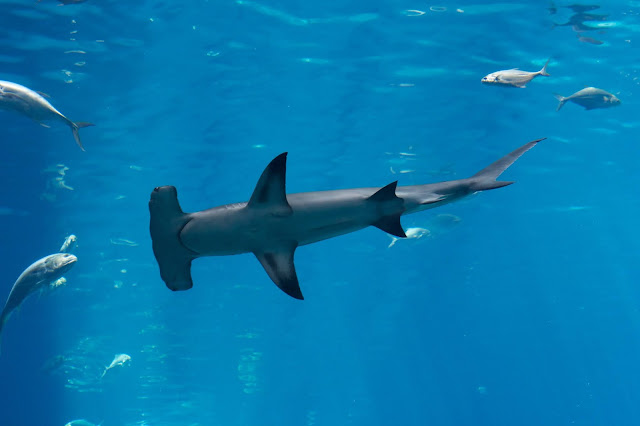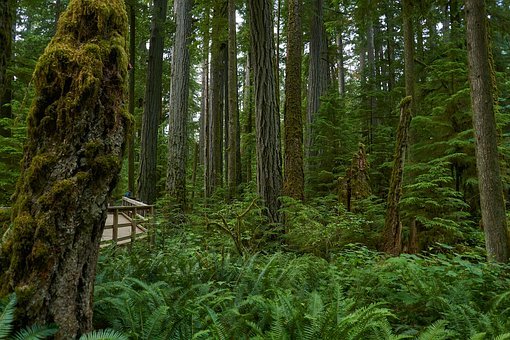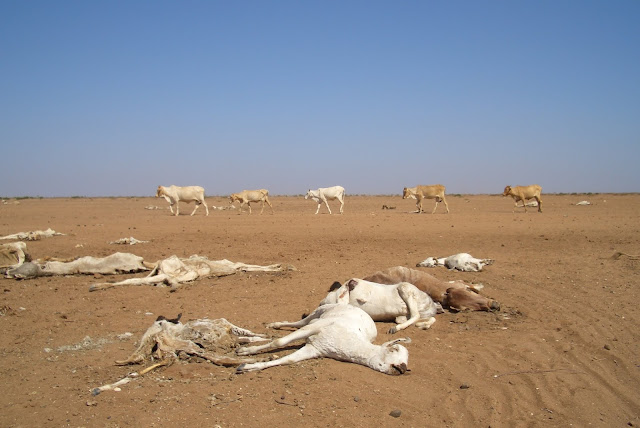Oceanic sharks and rays have declined by over 70%

Nature "Great Hammerhead Shark Swimming" by Skylar L. Primm The number of oceanic sharks and rays worldwide has fallen by 71% since 1970. A study in Nature this week finds that more than three-quarters of these oceanic species are now threatened with extinction. The risk of extinction to marine species is primarily caused by overfishing, but it has been difficult to measure the decline of individual species. Although reductions in oceanic and coastal shark and ray populations in different regions of the world have previously been documented, a global analysis has not been available. The Whitetip reef shark (Triaenodon obesus).Photo by Jan Derk The authors attribute this decline to an 18-fold increase in relative fishing pressure — a measure of the proportion of sharks and rays caught relative to their global population — over the period. They argue that immediate action is needed to prevent collapses in populations. Specifically, they call on governments to implement catch l









